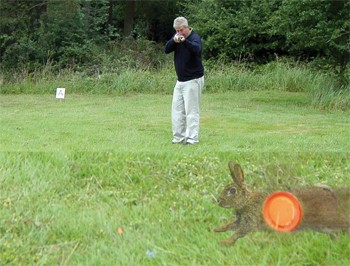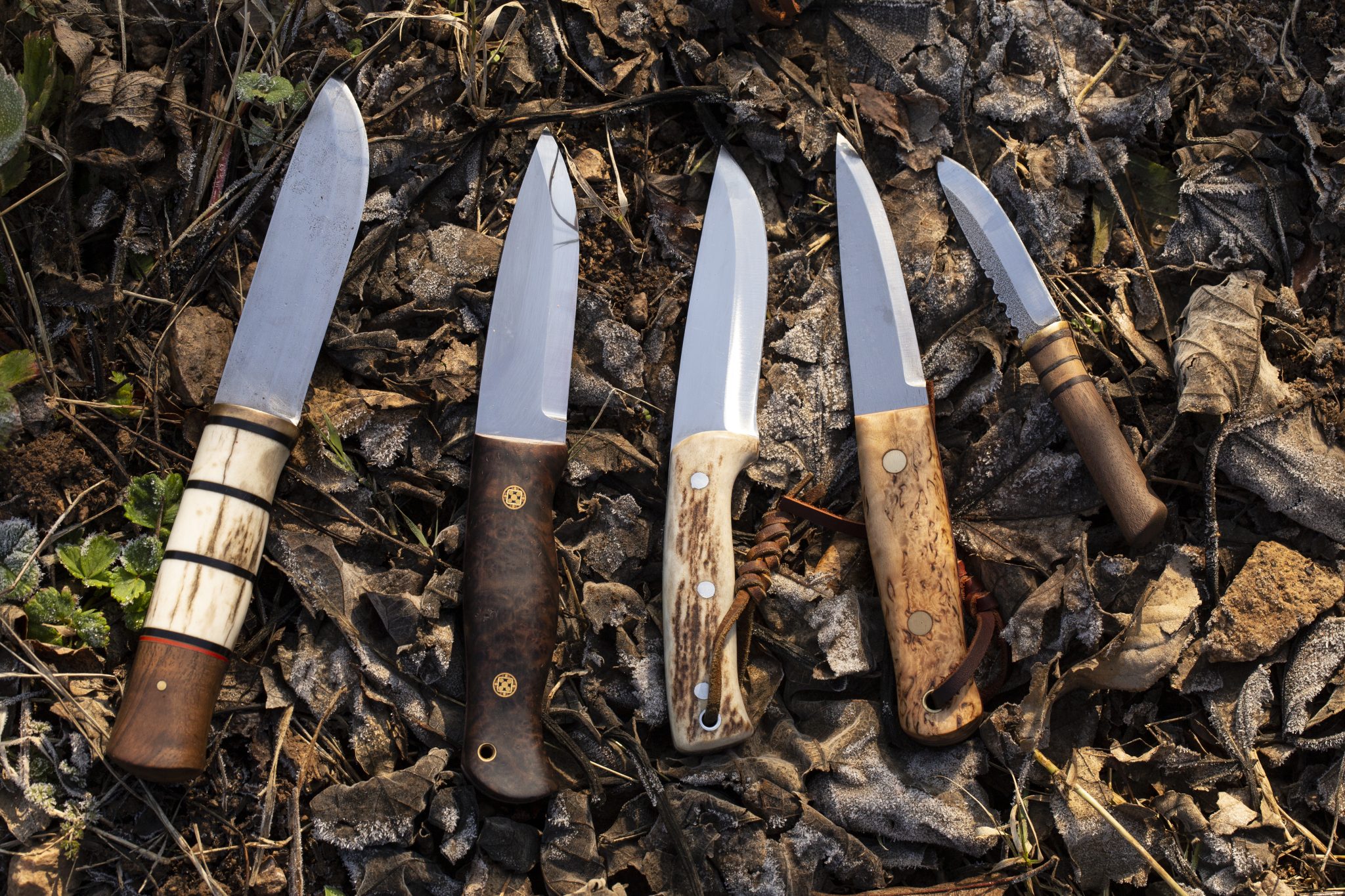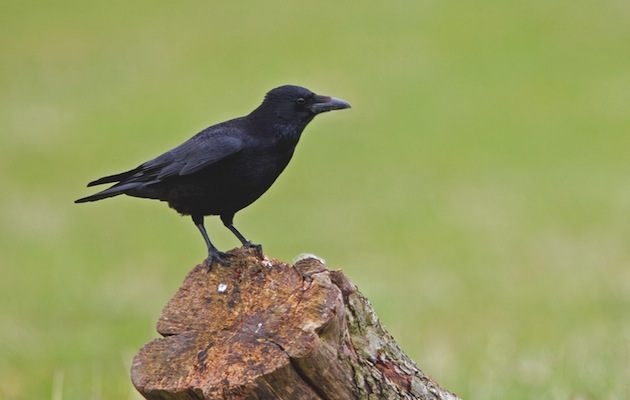Win CENS ProFlex DX5 earplugs worth £1,149 – enter here
Tips for shooting vermin
Here we look at how a variety of vermin species can be simulated with clay targets. All you've got to do is practice hitting them!

Rabbits on a clayshooting ground
I know many shooters dread finding a rabbit stand on a sporting layout. They’re not easy.
The main reason they don’t like shooting clay rabbits – especially in competitions – is the possibility of the dreaded bounce – where the target can suddenly leap a foot or so off the ground after hitting an obstacle in its path.
Although you don’t see rabbits leaping up and flying through the air in the wild. Well, not often.
Like shooting at any moving target with a shotgun, your muzzles must be ahead of the bird as you pull the trigger. If you aim at the target you’ll miss. Lean into the target, keeping your weight on the front foot with your toes pointing towards the expected kill point.
If possible shoot gun-up and swing the muzzles smoothly, keeping ahead of the target (the maintained lead style always works well with this type of target.) Don’t jerk the gun and remember to keep the swing going after you pull the trigger.
The most common reasons for missing rabbits are shooting behind and above. So remember the golden rule – shoot its front feet off.
Grey dreys and grey squirrels
This is one of the few times you’ll ever actually aim a shotgun. With shotguns and moving targets you always have to shoot where the target is going, not where it is.
With static targets though, you obviously have to aim. The best approach is to place the target on the bead of the muzzle and pull the trigger. This approach simply relies on the fact the average shotgun will place around 60% of the lead shot above the bead, and the remainder below. You can always check to see how your gun fires by firing a shell at a mark on a pattern plate.
Snap shots
Instinctive shooting can often be extremely effective. You don’t know why you hit the target – but you did.
For instance, if you’re running to catch a ball you don’t stop to think how much forward allowance you’re going to need to connect with the ball. Instead instinct takes over and you just put your hand in the correct place.
The result can often be the same with shooting. Snap shooting lends itself to ultra quick moving targets, rats for example. The way to practice this type of shot is to get yourself onto a rabbit stand at your local shooting ground.
Making a shot more difficult
Make the shot even more difficult for yourself by imposing mental (or actual if you can) restrictions on where you can take the shot. Say to yourself I’m going to clobber this target before it’s travelled more than six feet after coming into view.
Alternatively, try and break the clay between two, predetermined places. (If you can place obstacles, say straw bales, in front of the clay’s line of travel all the better.)
At the end of the day you can’t learn how to snap shoot out of a book. You will need to practice a lot and rely on your instincts!
Woodies
Pigeons can be easily simulated on the clay ground and it’s a good place to sharpen up your technique, as they can be some of the trickiest birds to shoot in the wild.
It doesn’t really matter what type of stand you’re on when shooting a sporting layout – crossers, incomers or going away birds. They’re all typical of the types of target seen when you’re out decoying.
The crosser simulates when the birds are showing an interest, flying past and looking at your pattern. The incomer is when they commit to land, and the going away is the second bird frightened off by your first shot!
Pigeon and clay pigeon shooting go hand in hand. Practicing on the clay ground will help you shoot more pigeons – every outing on the pigeons will sharpen you up for the clays. Do as much of both as you can!
Crows
Corvids are a serious pest and everyone should have a go at keeping the numbers down. Crows and rooks can be canny creatures – they instinctively seem to know when they’re out of range – so the best bet is to whack them when they are in and around their roosting sites.
The classic crow shot on a sporting layout is a rising bird that appears suddenly, it will hang in the air for a few moments before dropping out of sight.
The thing to remember when shooting the clay version of a crow is to hit it just as it reaches the apex of its flight.
Swing the gun up onto the bird, when the target is sitting on the bead at the end of the barrel pull the trigger. You’ve usually got more time than you think with these types of targets so don’t rush or get flustered.
Keep your gun mount and swing silky-smooth and you can almost guarantee another kill on your scorecard.
Related Articles
Get the latest news delivered direct to your door
Subscribe to Shooting Times & Country
Discover the ultimate companion for field sports enthusiasts with Shooting Times & Country Magazine, the UK’s leading weekly publication that has been at the forefront of shooting culture since 1882. Subscribers gain access to expert tips, comprehensive gear reviews, seasonal advice and a vibrant community of like-minded shooters.
Save on shop price when you subscribe with weekly issues featuring in-depth articles on gundog training, exclusive member offers and access to the digital back issue library. A Shooting Times & Country subscription is more than a magazine, don’t just read about the countryside; immerse yourself in its most authoritative and engaging publication.








